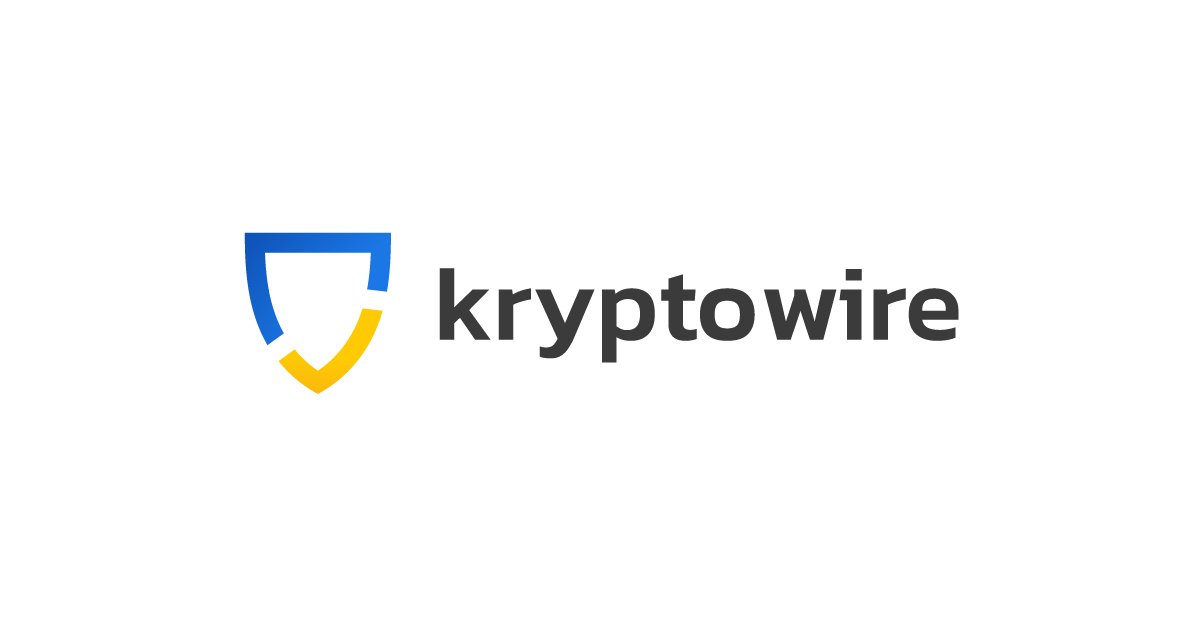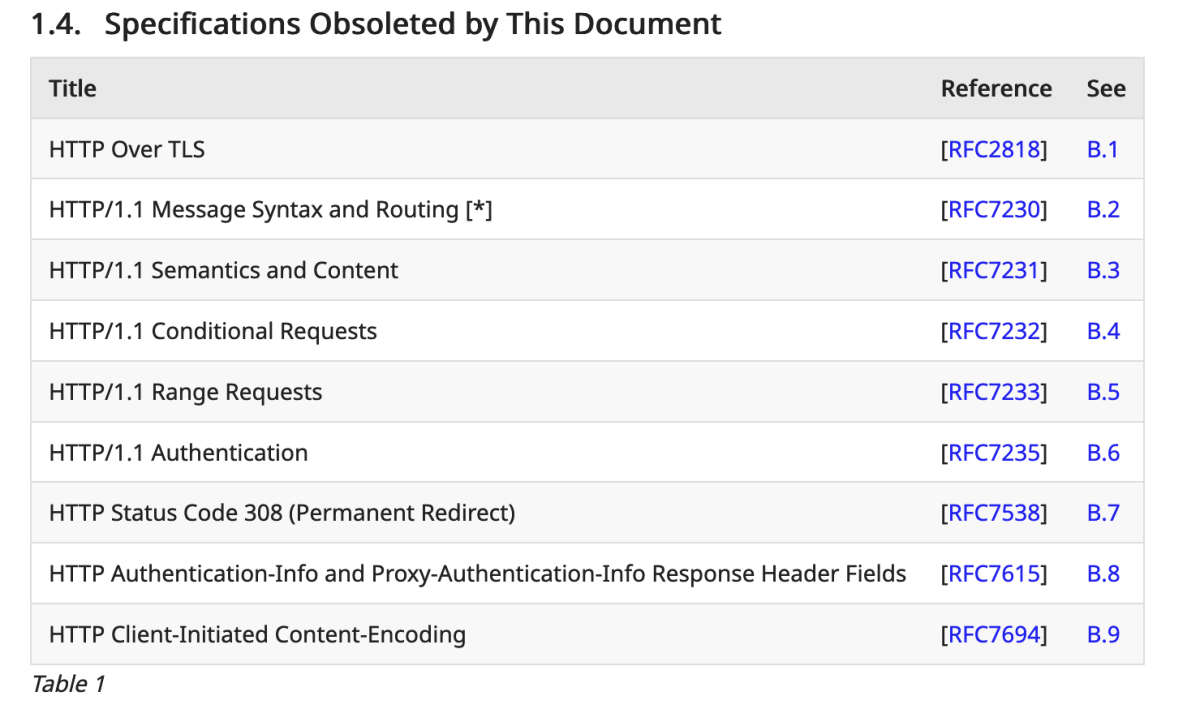Kryptowire Named on CRN’s Mobile 100 List for 2022
MCLEAN, Va.–(BUSINESS WIRE)–Kryptowire Inc., a mobile security and privacy solutions company, has today announced that CRN®, a brand of The Channel Company®, will be featuring Kyptowire’s Mobile App Security Testing (MAST) on this year’s Mobile 100 list in the Mobile Security Tools Category. Each year, the annual CRN Mobile 100 list shines a spotlight on the top products from IT suppliers working in the mobility space.
CRN’s Mobile 100 list has quickly become a trusted resource for solution providers searching for the best mobile technology from vendors. Products selected for the 2022 list were chosen by a panel of CRN editors across nine categories: Android Phones, Android Tablets, Apple Devices, Chromebooks, Foldable Phones, Mobile Management Tools, Mobile Security Tools, Smartwatches and Windows Laptops.
Kryptowire is joining an elite group of IT vendors and suppliers who earned their respective spots on CRN’s annual Mobile 100 list by creating mobile-centric products that focus on efficiency, ease of use, and innovation.
“CRN’s Mobile 100 list includes products from top vendors who are leading the way in the mobile market with cutting-edge offerings that help the channel meet today’s need for ‘work from anywhere’ solutions,” said Blaine Raddon, CEO of The Channel Company. “We commend the companies recognized on this year’s list as their products are key building blocks for mobile IT solutions, and we look forward to seeing more innovation from them in the future.”
Kryptowire’s Mobile Application Security Testing (MAST) platform detects security, privacy, and code quality issues on iOS and Android Apps, without needing to access the source code. This tool gives enterprises detailed insight to their security, compliance, and privacy risks of the apps that are being developed within an environment, automatically. Its analysis technology, combined with mobile-first heritage, helps developers ensure security, privacy, and code measures of their apps and the libraries they are using for mobile devices.
“We are excited to be included on the CRN Mobile 100 list for 2022, especially in today’s digitized world, where individuals,…





